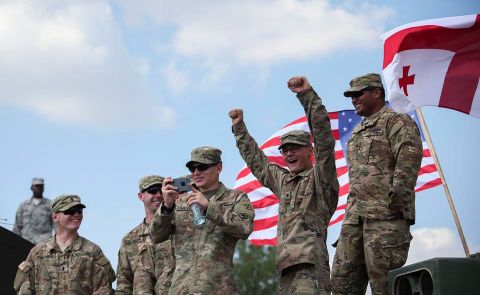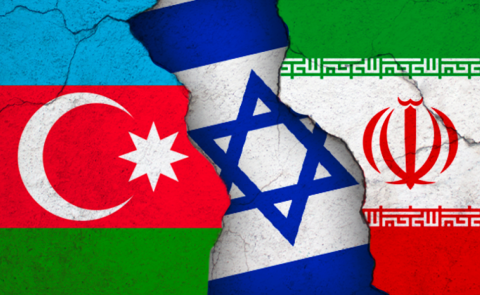
3+3 Initiative as a New Order in the South Caucasus
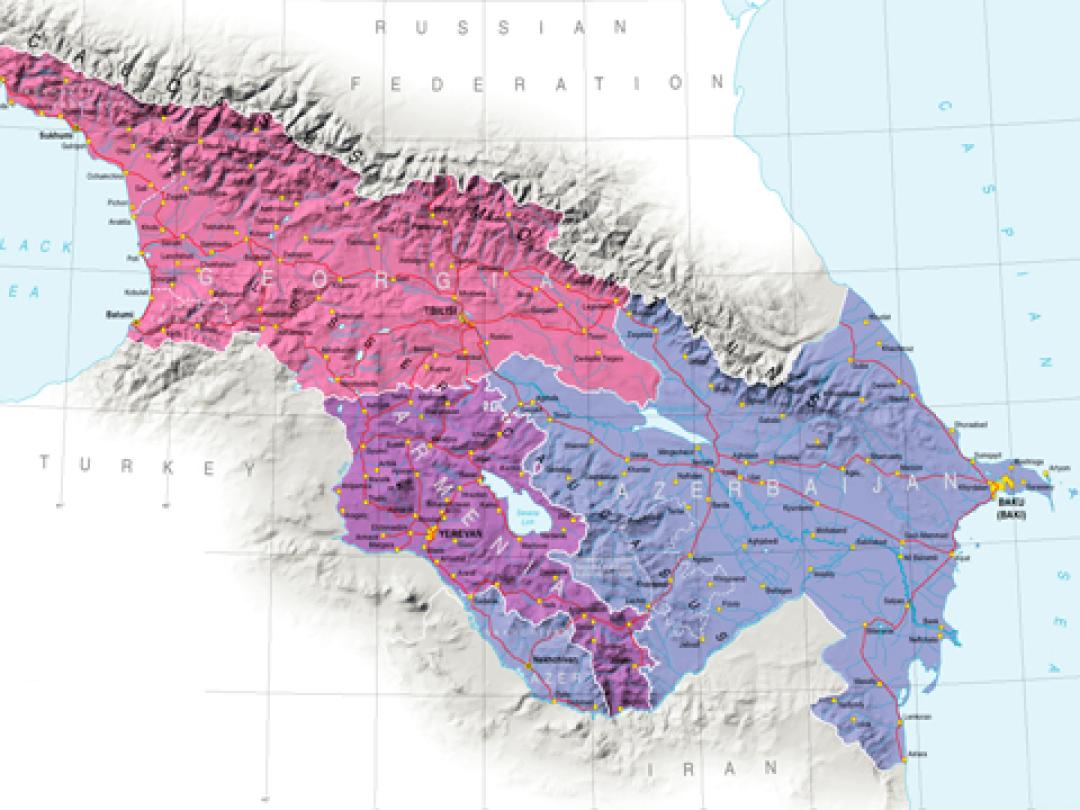
The 3+3 initiative, involving three South Caucasus countries – Armenia, Azerbaijan, and Georgia – as well as three major actors – Iran, Turkey, and Russia – all neighboring the region, serves as a fascinating illustration of the significant shift in the global order over the past few years. The changing pace of the balance of power was accelerated by the war in Ukraine and most recently by the seeming rapprochement between Moscow and Washington, which completely upends the existing geopolitical system in the wider Black Sea region, which also includes the South Caucasus.
Therefore, it is not surprising that discussions about the 3+3 initiative have recently gained popularity, with many considering it as a potential solution to the power vacuum arising from the West's distance from the South Caucasus.Though the 3+3 format is embraced by all countries, except for Georgia, and is regarded as a certain mini-summit system for the local players to discuss, there are nevertheless differing views on the efficacy of the initiative.
For instance, for Russia, the 3+3 format is not a completely comfortable initiative, and participation in it has both positive and negative consequences. On the one hand, the initiative aligns Russia with Turkey and Iran in terms of geopolitics. This situation comes in stark contrast to how Russia always considered itself the foremost power in the South Caucasus. The 3+3 initiative therefore allows for equalization of the geopolitical influences of Moscow, Tehran, and Ankara. On the other hand, the 3+3 initiative achieves what Moscow has long been striving for – the exclusion of non-regional powers from the South Caucasus. To achieve this goal, Russia's understanding with both Turkey and Iran is advantageous, since these two Middle Eastern powers likewise pursue reducing other countries’ influence.
Initially Russia’s attitude toward the 3+3 initiative was difficult to discern. Willingness to participate was hardly openly stated, and it seemed that the idea fitted into the Russian understanding of the need to reorganize the region without Western influence. Yet wholeheartedly embracing the project still constitutes a risky decision for Moscow, as it would institutionalize Turkey’s growing influence in the South Caucasus. Similar logic drives Russian attitudes toward Iranian initiatives for the South Caucasus.
Yet openly opposing the proposed formats is also a non-starter for Russia, as it would antagonize Ankara and Tehran. This is a development that would harm Moscow’s efforts to build a different kind of geopolitical order in the South Caucasus, where the “regional ownership” strategy involves cooperation with Ankara and Tehran. Russia tries to be careful not to allow the two Middle East states to gain bigger stakes in the region’s fate. In a way, what the Kremlin is pursuing in the South Caucasus is an order where Iran and Turkey are represented but heed attention to Russian core interests and geopolitical sensitivities. This will be an order where Russia wants to be a hegemon among regional powers, realizing that the period of exclusive control over the region is unrepeatable.
There is also the question of Georgia, which, due to the continuing occupation of its territory by Russia, eschews participation in the format. In Tbilisi, there are questions about what significant trade, economic, or infrastructure projects the 3+3 format can offer and implement. Nevertheless, given the dynamics taking place in the region, it cannot be ruled out that Georgia will eventually participate in the mentioned format.
Indeed, though it is difficult to be at the same table and discuss regional security with the neighbor who does not recognize your territorial integrity, Georgia also recognizes that the country should not be left out of the processes taking place in its immediate neighborhood. Geopolitical developments seem to be pushing Georgia to take such a step. Indeed, against the backdrop of deteriorating relations between the West and Georgia and the multi-vector foreign policy approach, it is likely that Tbilisi will be increasingly interested in closer ties with its neighbors.
The idea of the 3+3 format was first unveiled following the Second Nagorno-Karabakh War of 2020. It was, however, not an entirely new platform given that Turkey has long been a promoter of regional formats that would serve as a basis for Turkish power in the region. For instance, Süleyman Demirel, the former Turkish president, discussed a Caucasus Peace and Stability Platform, which aimed at promoting regional peace and economic development. The plan aimed to involve Turkey and Russia as primary mediators, along with the three South Caucasus countries. In the long run, this format is highly likely to persist regardless of how effective the 3+3 initiative is, given the fluidity of geopolitics in the wider Black Sea region and Eurasia at large.
Emil Avdaliani is a professor of international relations at the European University in Tbilisi, Georgia, and a scholar of Silk Roads. He can be reached on Twitter/X at @emilavdaliani.
See Also

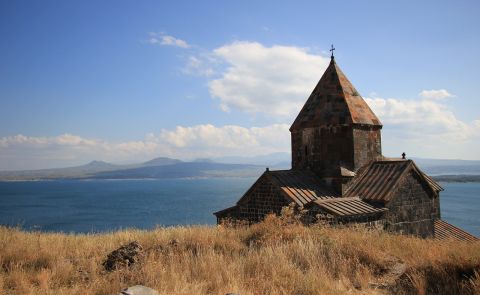
From Neorealism to Neoliberalism: Armenia’s Strategic Pivot in Foreign Policy After the Nagorno-Karabakh Conflict
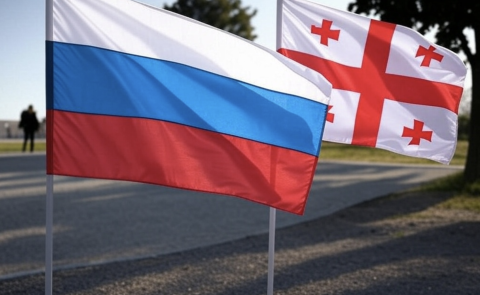
Georgia and Russia: New Turn in Bilateral Relations
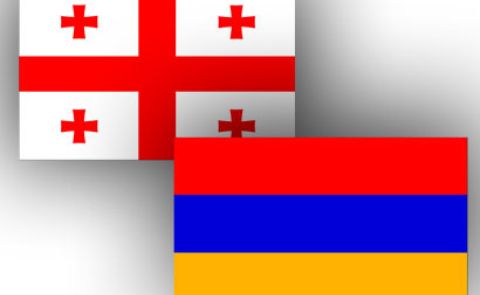
Economic Cooperation Between Armenia and Georgia: Potential and Challenges Ahead
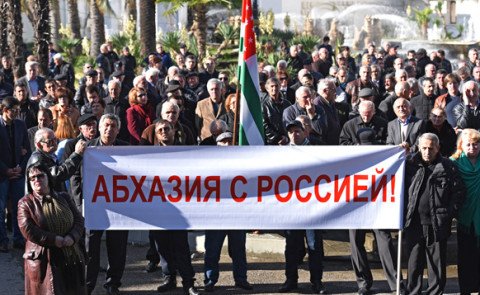
Russia and Occupied Abkhazia: A New Type of Relations
